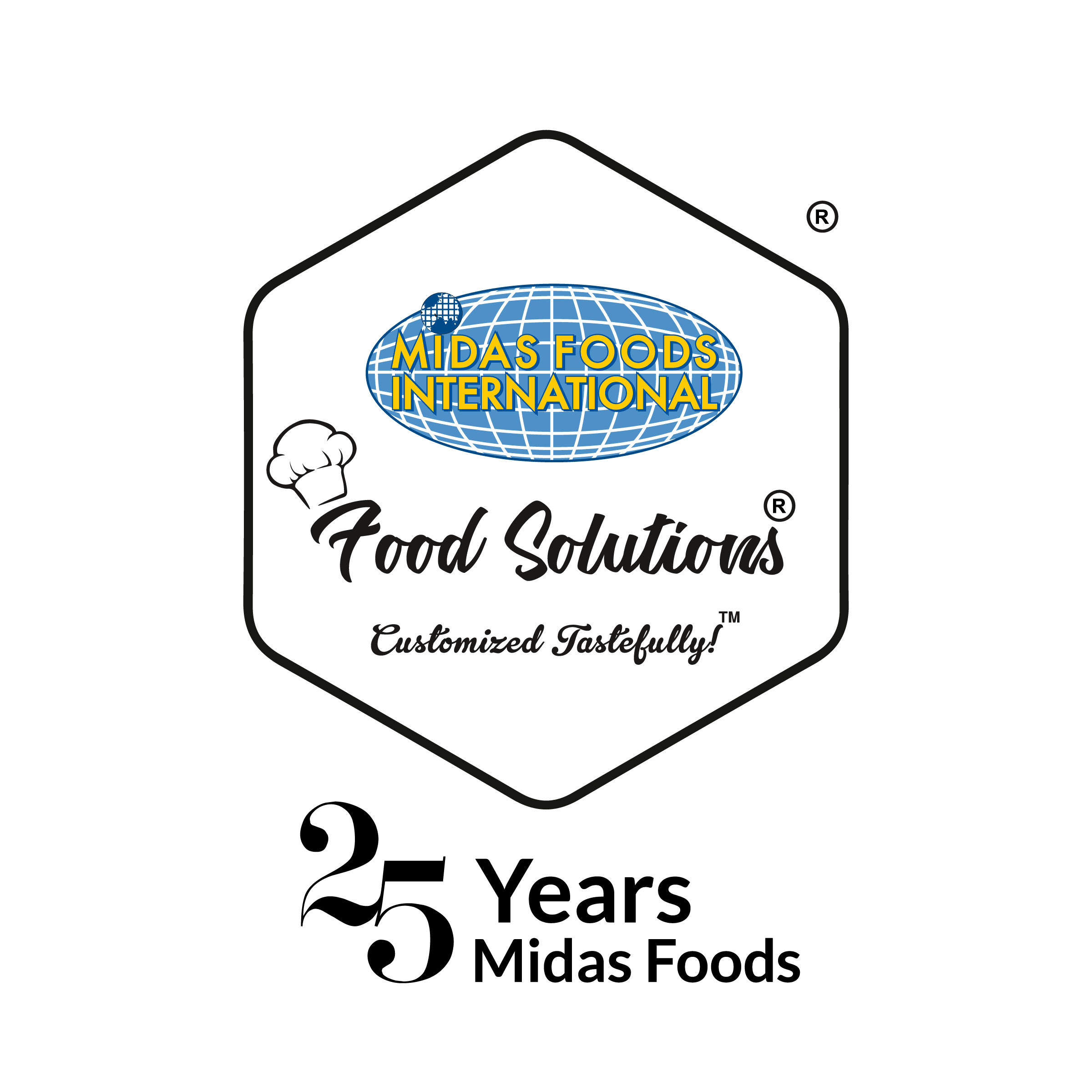
Introduction to Delayed Flavour Enhancement
Indian cuisine’s complex curry preparations demonstrate a well-documented phenomenon of flavour intensification during post-cooking storage. This paper examines the biochemical and physical processes that contribute to the enhanced organoleptic properties observed in curry dishes after a 12-24 hour refrigerated resting period. Understanding these mechanisms provides valuable insights for both culinary professionals and food product developers seeking to optimize flavour profiles in complex spice-based formulations.
Mechanisms of Flavour Transformation
Molecular Migration and Diffusion Kinetics
The initial preparation of curry introduces distinct flavour compounds that exist in relatively segregated states. During refrigerated storage, thermodynamic equilibrium processes drive the migration of water-soluble and lipid-soluble compounds across cellular boundaries. This diffusion follows Fick’s Law, with hydrophilic compounds dispersing through aqueous phases while lipophilic compounds distribute through fat-containing components, resulting in more homogeneous flavour distribution throughout the matrix.
Phytochemical Evolution in Spice Components
The complex spice mixtures employed in Indian curries contain hundreds of bioactive compounds including terpenes, phenolics, alkaloids, and organosulfur compounds. These phytochemicals undergo continued structural modifications during storage:
- Volatile monoterpenes in cumin and coriander gradually oxidize, transforming bright top notes into more complex mid-tone aromatics
- Curcuminoids from turmeric continue to bind with proteins, enhancing their bioavailability and flavour-carrying capacity
- Sulphur compounds in alliums (garlic, onion) convert from sharp, pungent forms to mellower, more savoury derivatives
Protein Structural Modifications
In protein-containing curries, enzymatic and acid-mediated hydrolysis continues post-cooking:
- Proteolytic enzymes, though denatured at high temperatures, retain residual activity at refrigeration temperatures
- Acidic components (tomatoes, yoghurt) maintain low-level protein hydrolysis, generating free amino acids that enhance umami perception
- Maillard reaction products continue to form at slowed rates, contributing complexity to the flavour profile
Colloidal Structure Refinement
The physical structure of curry sauces undergoes significant changes during storage:
- Starch retrogradation alters the rheological properties, resulting in increased viscosity
- Fat globules decrease in size through continued emulsification, creating improved mouthfeel and flavour release characteristics
- Suspended solids hydrate fully, contributing to a more cohesive texture profile and improved flavour delivery
Differential Effects Across Curry Varieties
Optimal Maturation Candidates
Curry preparations containing the following characteristics demonstrate the most significant improvement from post-preparation maturation:
- High spice concentration (>2% w/w)
- Substantial acid components (pH <5.0)
- Significant lipid content (>8% w/w)
- Longer initial cooking times (>45 minutes)
- Complex protein-containing components
Specific preparations such as Rogan Josh, Dhansak, and Dal Makhani consistently demonstrate superior flavour development during storage compared to their freshly prepared counterparts.
Suboptimal Maturation Candidates
Conversely, certain preparations show minimal improvement or potential quality degradation during storage:
- Delicate herb-forward preparations
- High-fat coconut-based curries with minimal acid components
- Preparations containing high proportions of vegetables with fragile cell structures
Practical Applications and Optimization Strategies
Storage Parameters for Maximum Flavour Development
To optimize the post-preparation flavour enhancement:
- Cool prepared curry rapidly to 4°C (40°F) to minimize microbial growth while facilitating controlled chemical reactions
- Store in sealed, non-reactive containers to preserve volatile compounds
- Maintain consistent refrigeration temperatures between 2-4°C (35-39°F)
- Allow a minimum 12-hour maturation period before consumption
Reheating Methodology
Proper reheating methodology significantly affects the preservation of developed flavour compounds:
- Utilize gentle heating (preferably <85°C) to minimize volatilization of developed aromatics
- Consider sous-vide reheating for optimal temperature control
- Adjust hydration levels as necessary to compensate for moisture migration and absorption
- Introduce fresh acidic or aromatic components post-heating to create flavour dimension through contrast
Conclusion and Industry Applications
The time-dependent flavour enhancement observed in Indian curries represents a valuable model for understanding complex flavour systems. Food manufacturers developing shelf-stable or ready-to-eat curry products can leverage these principles to optimize formulations and processing parameters. By controlling the variables that affect post-production maturation, manufacturers can create products that deliver optimal flavour profiles at the point of consumption.
At Dry Blend Foods, our research and development team applies these scientific principles to develop spice formulations that deliver both immediate sensory impact and controlled flavour evolution during storage, ensuring consistently superior culinary experiences across both food service and consumer applications.

